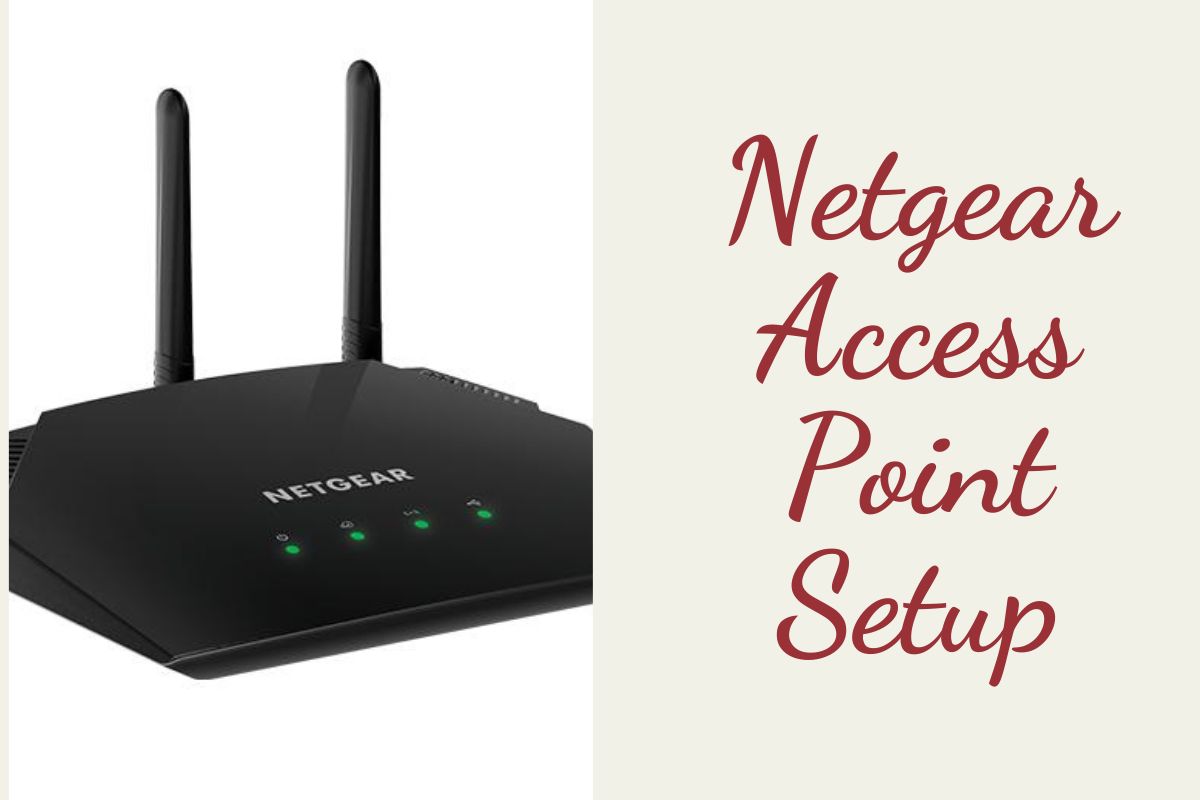Netgear Access Point Setup
Netgear Access Point is a device that enables a wireless connection between a router and other devices. It extends the range of a wireless network, allowing users to access the Internet from a greater distance. It also provides additional security features, allowing users to restrict access to a network. Now it is easy to install and configure and can be used to create a secure, reliable, and fast wireless connection.
It is a cost-effective way to extend the range of a wireless network and is ideal for homes and businesses. Additionally, it can be used in areas where traditional wired networks are difficult or impossible to install, such as in multi-story buildings or rural areas. It is also scalable and can be used to expand a network as the number of users and devices increase.
It is also crucial to know about the Netgear access point setup. Connect the Ethernet cable from the router to the access point. Power on the access point and connect to it with a laptop or mobile device. Access the access point’s web-based setup page and configure the settings. Here we can discuss in detail of Netgear access point.
Check the IP Subnet of the Existing LAN
Your AP’s default IP address is on a sticker on the back or bottom. An AP with a default IP address in a different subnet from your LAN network will need to have its IP address changed. There is a need to check the IP subnet of the existing LAN. You can check out these steps.
- An existing LAN can be used to connect a computer. Ensure that you have internet access.
- Using the Windows command prompt, open a command window. It varies depending on the Windows version, but you click the Start button and type cmd into the Search programs and files box.
- Using the command prompt, type ipconfig. Take note of your subnet mask and default gateway in the resulting output.
You can also check out these on Mac devices, so there is a need to read all the instructions in the manual properly.
Configure a Static IP Address on Your Computer
It is also necessary for you to configure a static IP address on your computer. Let’s check the below points.
- A temporary IP address in the same subnet as the AP default IP address will be required to configure the access point.
- Change adaptor settings by going to Start > Control Panel > Network and Internet > Network and Sharing Center.
- To connect to a local area network, double-click it.
- After this, you can tap on properties.
- Click here to highlight the Internet Protocol Version 4 (TCP/IPv4).
- There is a need to set the IP address of your computer to 192.168.0.210 and the Subnet mask to 255.255.255.0.
- By using an Ethernet cable, connect the computer directly to the AP.
- You will need to open an internet browser. Type the IP address of your AP (for example, 192.168.0.100) in the address bar of your browser.
After this AP login screen appears, you can log in using the default username and password. Here the username is admin and the password is password.
Change the IP address of the Access Point
AP configuration interfaces differ from model to model so it is necessary to change the IP address of the access point in the process of Netgear access point setup.
- If you are using the latest models, tap on Configuration > IP.
- If you are using the old models, then tap on IP settings.
- A DHCP server (usually the router) can provide the IP address to the AP if you select DHCP Client Enable.
- Here you can tap on Apply. To ensure that the AP always gets the same IP address, you should also configure a DHCP Reservation on the DHCP server. The AP interface will be easily accessible once it has been connected to your network.
You can also set manually the static IP address of the AP by following the below steps.
- Make sure to choose an IP address that is not in use and is not in a DHCP server’s range (scope).
- Your network’s IP address and Subnet Mask are set accordingly.
- You can leave the default gateway address blank, or fill it in with the default gateway address for your network.
- There is a need to select an IP address that is not currently in use and also outside of the range and scope of the DCHP server of the network.
- Here it is necessary to set the IP address and subnet mask according to your network.
- It is also vital to leave blank the default gateway address or you can also enter the default gateway address of your network.
- It is possible to leave the DNS server addresses blank or to fill them in with the DNS addresses for your network. Most of the time, the primary DNS corresponds to the default gateway, while the secondary DNS is blank.
After the Netgear access point setup there is a need to attach AP to the existing network. Your existing network is connected to the AP after disconnecting the Ethernet cable.
Final Words
When you complete the process of Netgear access point setup then you can use the AP is easy. It is also necessary to follow all the steps accordingly and complete the setup process of AP.

